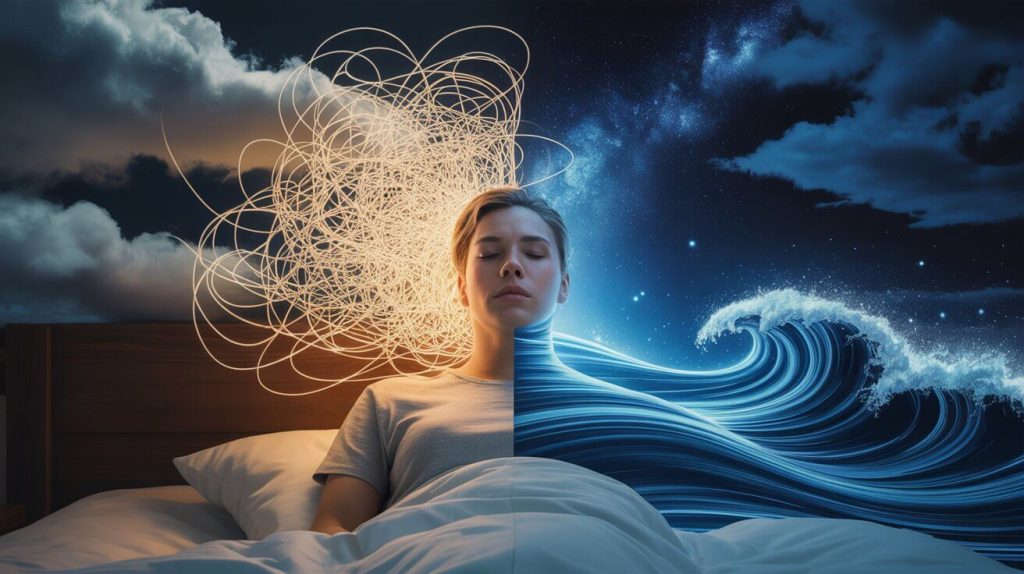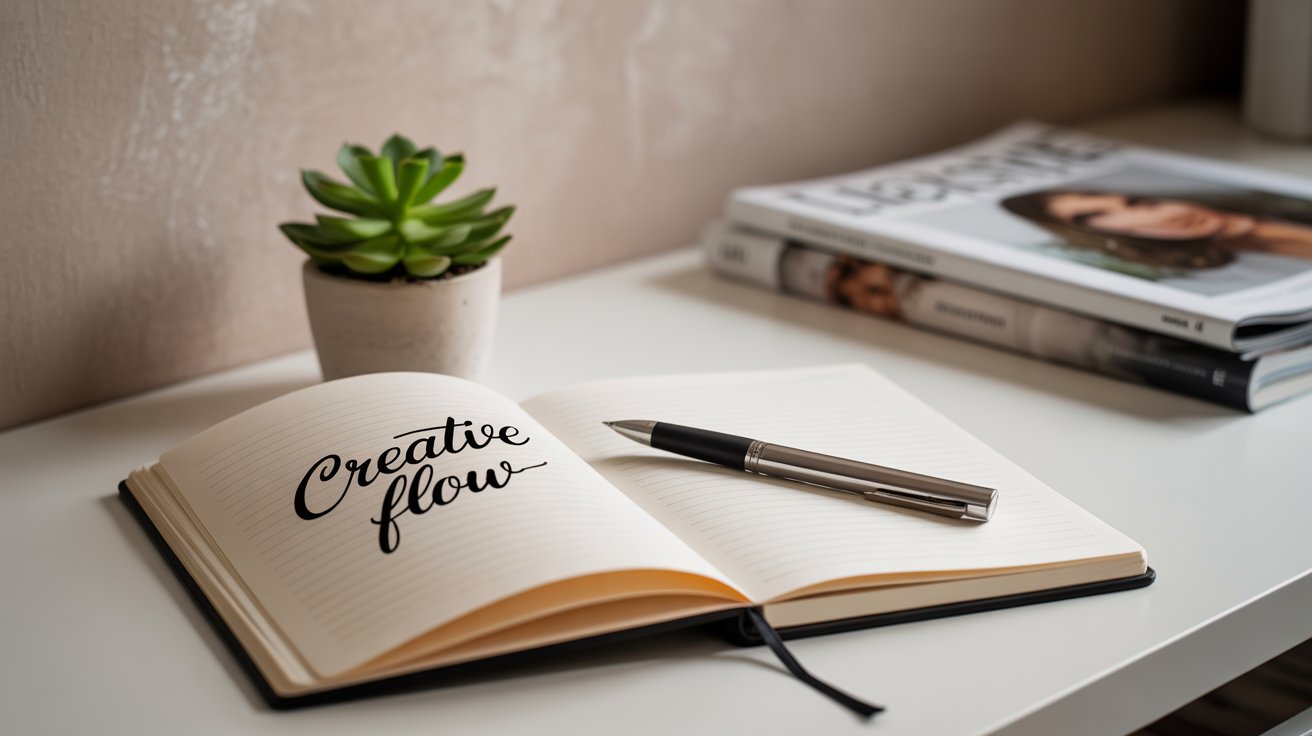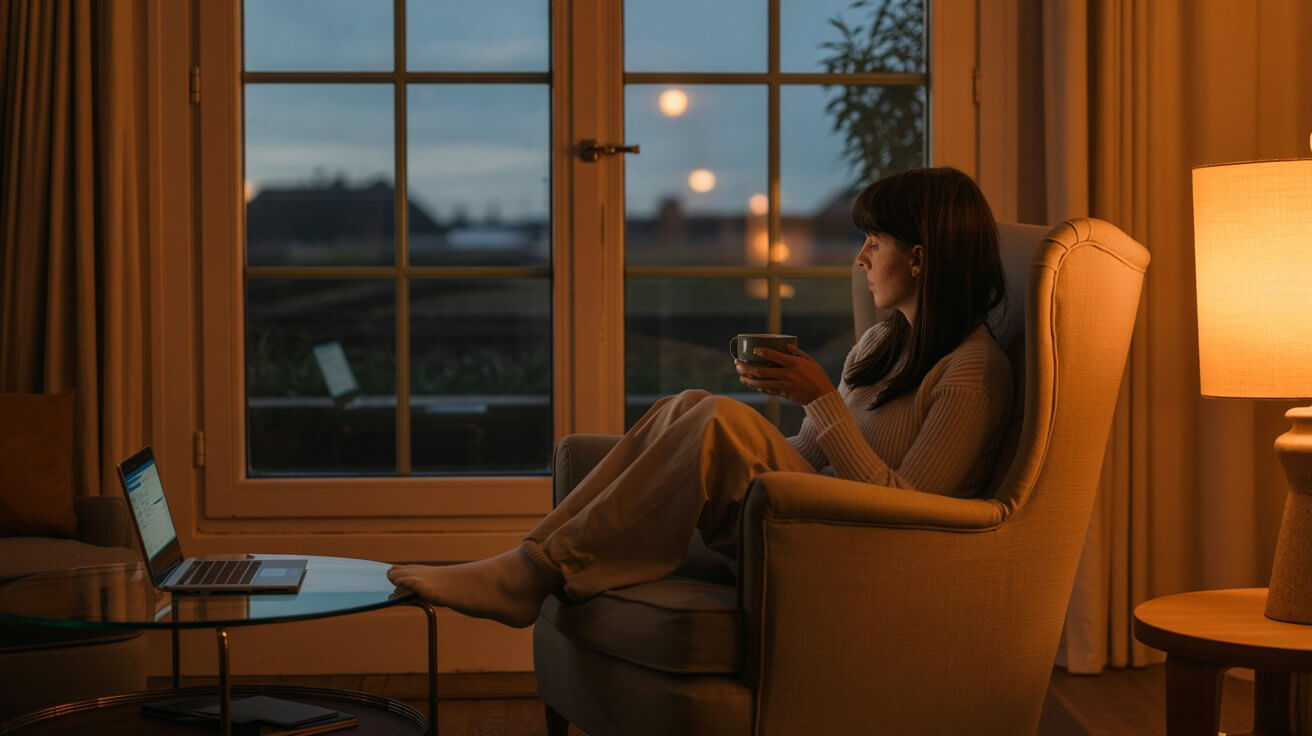You ever lie in bed exhausted, but your mind just refuses to shut up? Same. I’d stare at the ceiling, replaying conversations, worrying about tomorrow, wondering why I can’t just sleep like a normal person. I tried music. Podcasts. White noise. Even silence. Nothing really worked long-term.
Then I stumbled on Pzizz. It’s a sleep app, sure but it’s different. It uses something called “psychoacoustic principles,” but really, all that means is that it combines music, narration, and sound design in a way that actually helps your brain let go.
The first night I tried it, I don’t even remember falling asleep. Now it’s a regular part of my evening routine that resets my brain. And I wake up less groggy, less tense, more present. Not perfect but better. Consistently.
What makes Pzizz unique
Most sleep apps give you sounds. Maybe a meditation. Maybe some thunderstorm loops. That’s fine. But Pzizz blends several layers together:
-
dreamy narration (you can choose male or female voice)
-
background music specifically tuned to help you disconnect
-
soundscapes that shift over time to support sleep stages
Each session feels like it was made just for that night. Nothing repetitive. Nothing jarring. It’s like your brain slowly floats away. You hit play, lie back, and it does the rest.
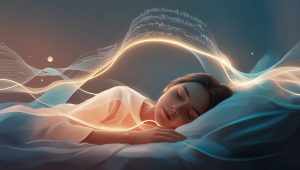
How I use Pzizz at night
My Pzizz setup is stupidly simple:
-
Around 10 p.m., I do a quick stretch and get into bed
-
I open Pzizz, hit the Sleep tab
-
Choose a 45-minute track (or sometimes just “until I wake up”)
-
Set my alarm inside the app (gentle wake-up mode)
-
Put on my headphones, breathe… gone.
Most nights, I’m out within 10 minutes. Sometimes I make it to 20. Rarely to the end. It’s like a guided nap for grownups except it’s your full night’s sleep.
And it works best when it’s part of something consistent, like a real evening routine for clarity. That structure helps your brain know what’s coming, and Pzizz becomes the signal to shut it all down.
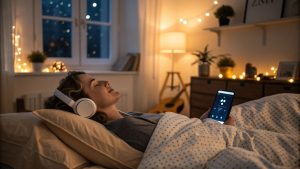
The three modes: Sleep, Nap, and Focus
Pzizz isn’t just for nighttime. It has three main modes:
-
Sleep
For deep rest. Best at night. Most layered and immersive. -
Nap
Shorter sessions designed to get you a power nap without grogginess. Great mid-afternoon reset. -
Focus
Surprisingly good. Uses the same audio tech to help you zone in. I’ve used it during writing sessions when I really need to get in the zone.
It’s cool to have one app that covers sleep and focus. That flexibility made it way more useful to me than I expected.
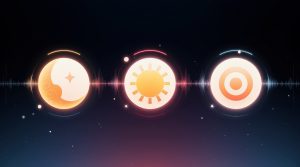
Tips for using Pzizz more effectively
A few things that helped me get the most out of it:
-
Use headphones
You’ll hear all the little details in the sound design. Way more immersive. -
Keep your screen brightness low
The app’s dark mode helps, but keeping light low helps your body ease into rest. -
Try different narrators
Some voices just feel more relaxing than others. Find your match. -
Stick with it for a week
It might not be instant. But the consistency builds a pattern your body starts to follow.
And don’t worry if your thoughts wander the first few nights. Mine did too. That’s normal. Just let the sound carry you.
![]()
Free version vs full access
The free version gives you basic access to sleep sessions and some naps. Enough to try it out. But with the paid version, you get:
-
full access to all sleep narrations
-
focus playlists
-
nap variety
-
more customization (voice, length, sound layers)
If sleep is a struggle, or just inconsistent. It’s a small investment for something that helps every night. Honestly, I’ve spent more on snacks that didn’t help me feel better at all. And if you’re curating affiliate tools that offer real-life results without hype, Pzizz checks all the boxes. It’s thoughtful. Simple. Surprisingly powerful.
Sleep That Heals: How Pzizz Helped Me Finally Rest Right
Sleep isn’t just about rest. It’s recovery. Repair. Reset. Pzizz gave me a tool that works with my brain instead of against it. I don’t need to “try to sleep” anymore. I just cue up a session, lie down, and drift off.
It’s become the quiet cue at the end of my day. A way of saying, “Okay, we’re done now.” And that closure makes mornings easier too. If you’re looking to double down on both ends of your day, check out this guide to Headspace in the morning. Calm in the morning. Calm at night. It’s a rhythm that works.

